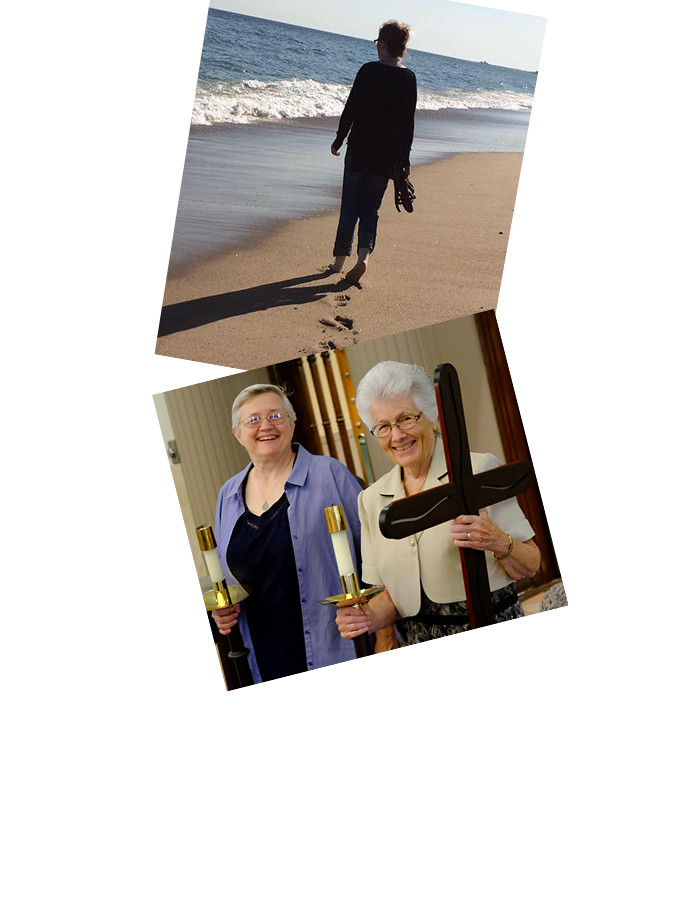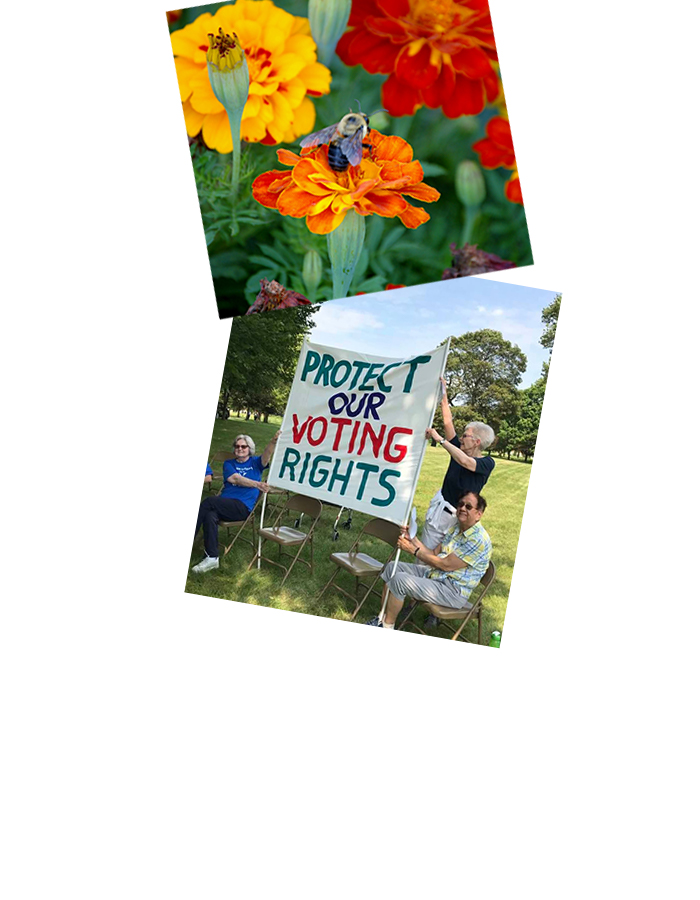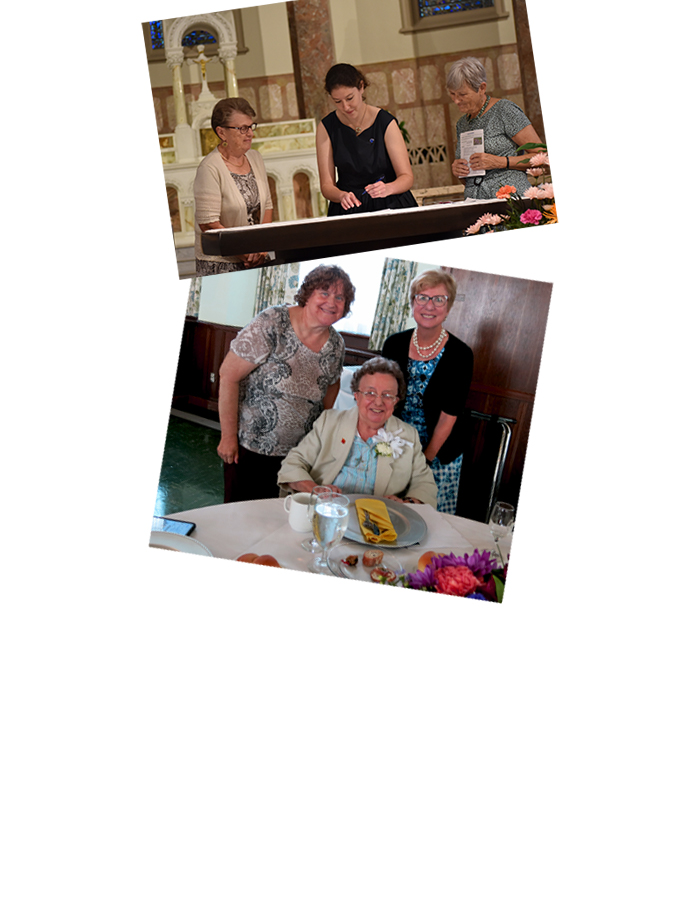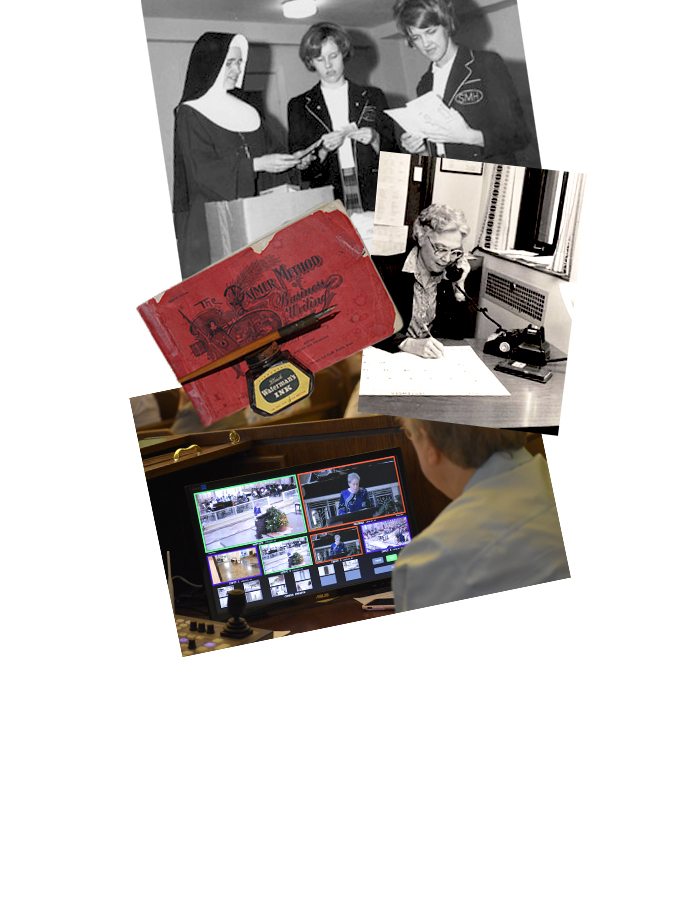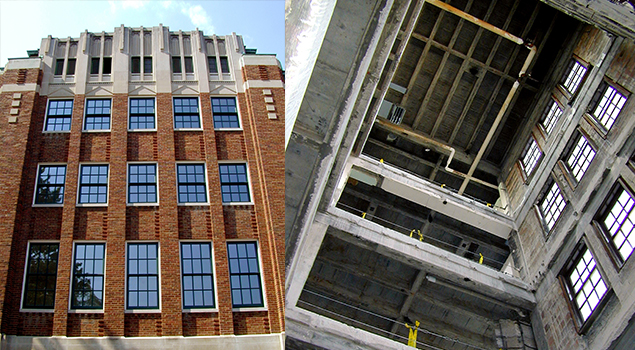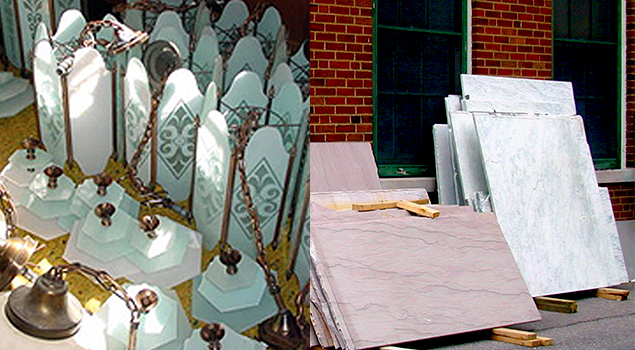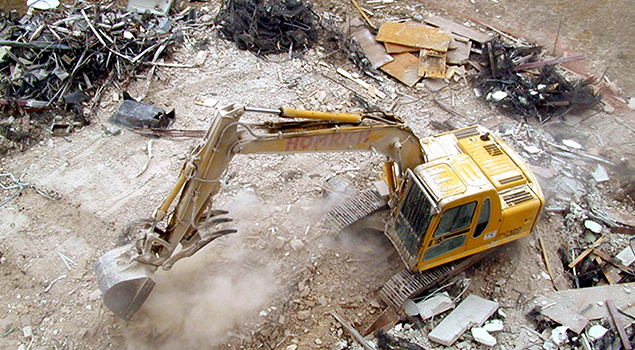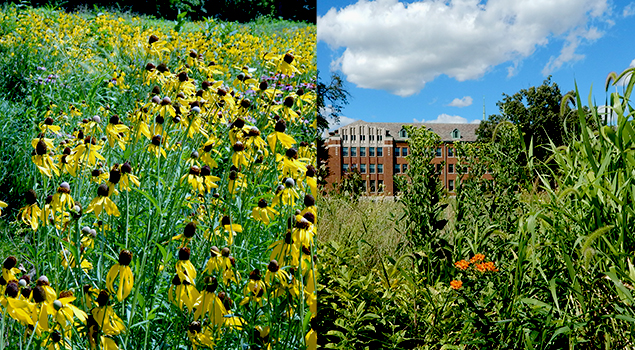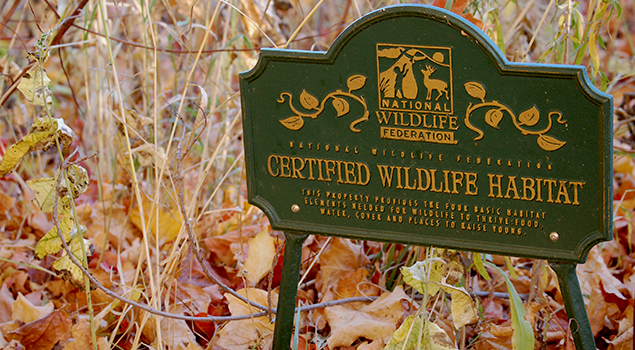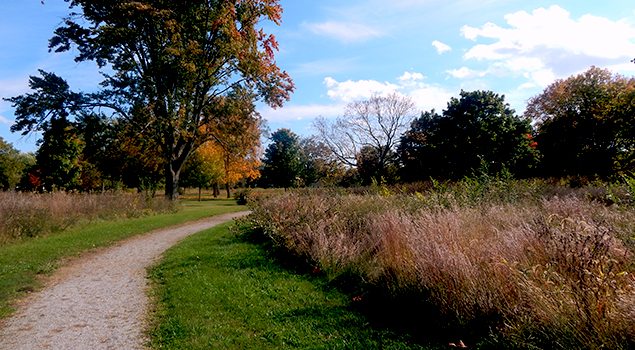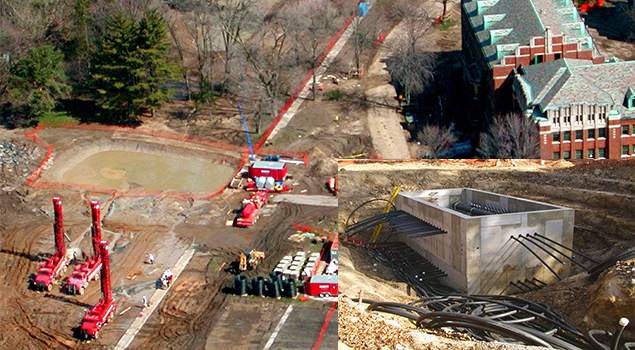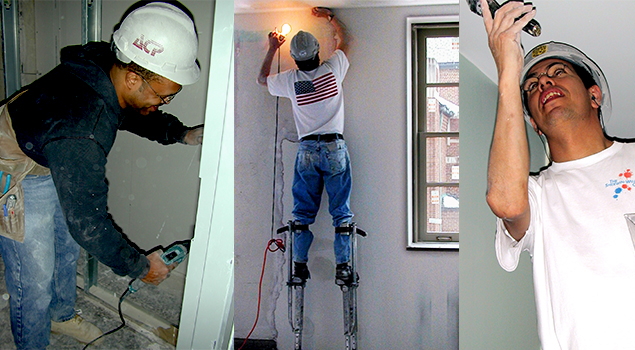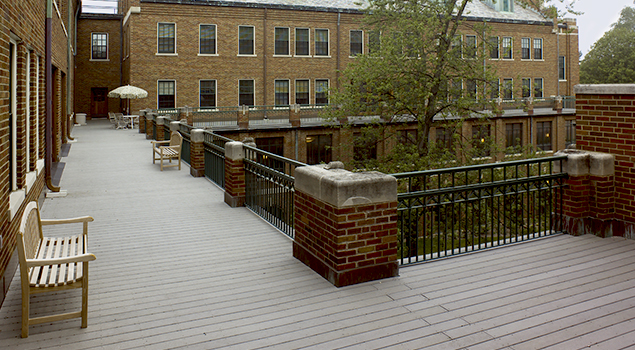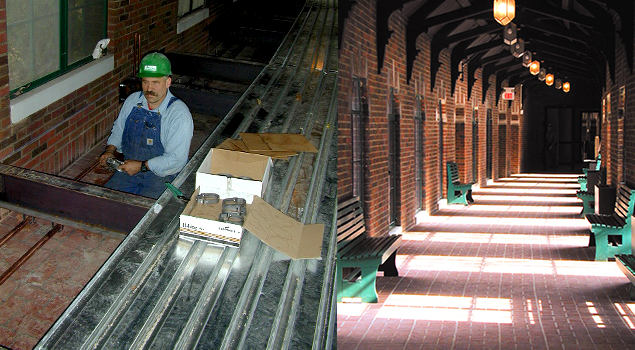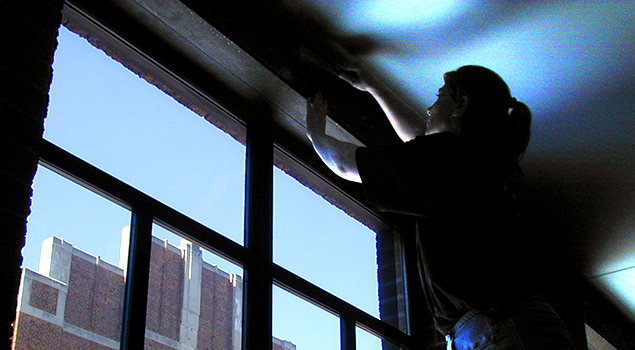As we contemplated the future of our Motherhouse—our home—in the late 1990s, several things were very apparent. The Motherhouse was 70 years old and badly in need of extensive repair. Our membership was aging; we knew we had to meet the health care needs of current and future Motherhouse residents. And we knew we had the opportunity to continue our legacy of education.
Every six years, the IHM congregation meets to determine our direction for the future. Chapter Directions 2000 were pivotal as we implemented the best course of action for our beloved home.
So, build new, using cutting-edge sustainable practices, or renovate sustainably?
The Motherhouse itself contributed to the decision. With its 18-inch concrete and brick walls, it was built for permanence, at the height of the Depression. Its sturdiness factored into the decision to leave it standing — razing the Motherhouse and building a new structure would have cost more and resulted in lower quality.
So with deep faith we embarked on the journey of sustainably renovating the 376,000 square-foot Motherhouse, an action that bore witness to our belief that sustainability is a moral mandate for the 21st century.
Construction began in spring 2001, salvaging items and materials to be recycled or reused in the building. Next, mass demolition equipment removed interior walls, demolished stairwells and removed the debris from the building.
Sustainable technologies and methods in the renovation project include a geothermal heating and cooling system and graywater recycling system. The design of the Motherhouse maximizes daylight, incorporates retrofitted period light fixtures and restored original wood windows. Materials and finishes are sustainable and contribute not only to excellent indoor air quality but also to a beautiful living environment.
The renovation was completed in January 2003 and we moved into the Motherhouse in February 2003. We are monitoring and realizing dramatic savings in energy costs because of the sustainable systems in the building.
The Motherhouse ranks as one of the Midwest’s largest residential sustainable renovations registered with the U.S. Green Building Council; the project earned LEED-NC certification and 10 local, regional and national awards, including two from the Environmental Protection Agency.

